
| Recorded by: Mark Basinger on 2025-06-25
Buncombe Co.
Comment: | 
| Recorded by: Mark Basinger on 2025-06-25
Buncombe Co.
Comment: |
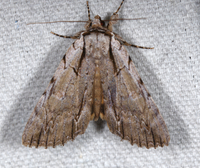
| Recorded by: Jim Petranka on 2025-06-14
Madison Co.
Comment: | 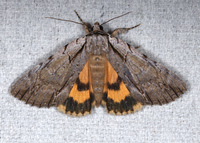
| Recorded by: Jim Petranka on 2025-06-14
Madison Co.
Comment: |

| Recorded by: Mark Basinger on 2025-05-31
Brunswick Co.
Comment: | 
| Recorded by: Mark Basinger on 2025-05-31
Brunswick Co.
Comment: |
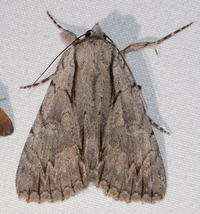
| Recorded by: Emily Stanley on 2024-06-07
Buncombe Co.
Comment: | 
| Recorded by: Jim Petranka and Becky Elkin on 2023-07-27
Buncombe Co.
Comment: |
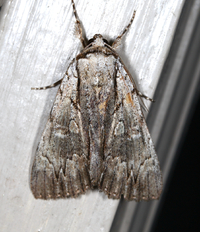
| Recorded by: Jim Petranka on 2023-07-06
Madison Co.
Comment: | 
| Recorded by: Jim Petranka and Becky Elkin on 2023-06-24
Buncombe Co.
Comment: |
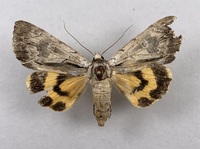
| Recorded by: Richard Teper on 2022-06-16
Macon Co.
Comment: | 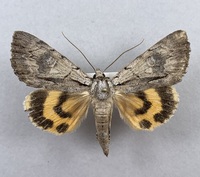
| Recorded by: Richard Teper on 2022-05-31
Moore Co.
Comment: |
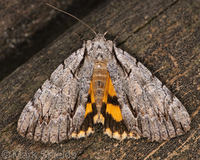
| Recorded by: Mark Shields on 2021-05-11
Onslow Co.
Comment: | 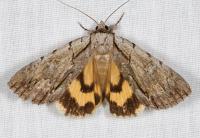
| Recorded by: Jim Petranka and Becky Elkin on 2020-06-30
Madison Co.
Comment: |
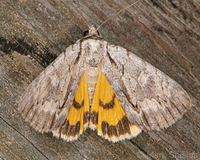
| Recorded by: Mark Shields on 2020-05-23
Onslow Co.
Comment: | 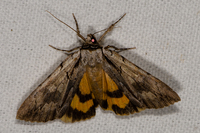
| Recorded by: David L. Heavner on 2019-06-20
Buncombe Co.
Comment: |

| Recorded by: David L. Heavner on 2019-06-20
Buncombe Co.
Comment: | 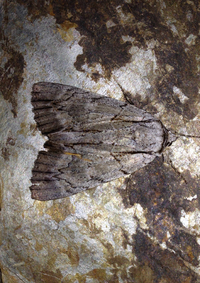
| Recorded by: Chris Talkington on 2015-06-12
Mecklenburg Co.
Comment: |
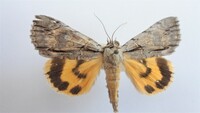
| Recorded by: Darryl Willis on 2014-05-22
Cabarrus Co.
Comment: | 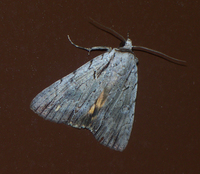
| Recorded by: Taylor Piephoff on 2010-06-04
Mecklenburg Co.
Comment: |
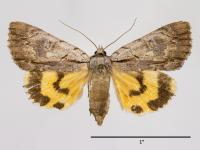
| Recorded by: SPH on 2009-06-02
Moore Co.
Comment: | 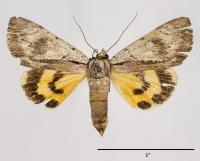
| Recorded by: SPH on 2009-06-02
Moore Co.
Comment: |
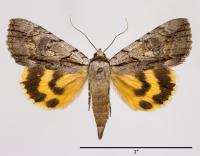
| Recorded by: SPH on 2009-05-21
Scotland Co.
Comment: |

 »
»


 »
»
